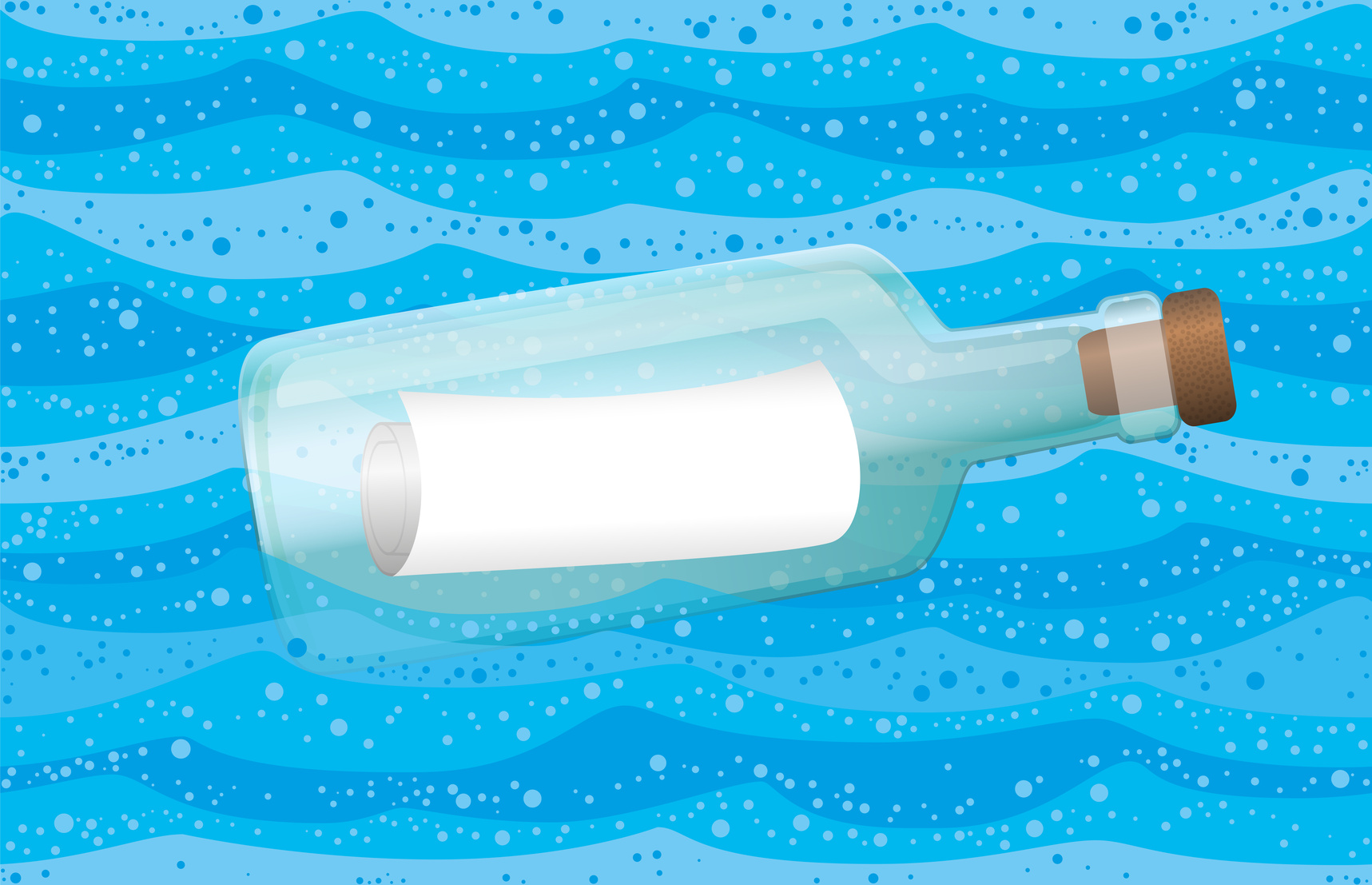The Committee of the Regions – a receptive ear when it comes to satellite services. An opportunity not to be left at that.
The CoR opinion on the consultation, to which Eurisy contributed this response, calls for the use of Copernicus services for risk management. It’s great that the CoR are closely aware of Copernicus. The choice of the application sector (risk) is probably linked with the fact that among all, risk and marine security applications (such as that provided by EMSA), are amongst the most operational and integrated within the users’ work processes. And such services work well, both in terms of procurement and application on the field. But there is scope to ask more of satellite services for regional authorities, including in other application areas.
 By comparison, the text of the EC consultation (see here) is more abundant in references to satellite-derived services. It focuses quite a bit on the use of knowledge and data and rightly points to a few hot potatoes, such as: duplication in research, “the inability to transfer research results into goods and services”, lack in data, accessibility problems. The solutions proposed are ambitious and interesting, in particular the integration of data systems such as the Copernicus Marine Service, the Data Collection Framework for fisheries and WISE-Marine for environmental data within EMODnet – the European Marine Observation and Data Network, using common INSPIRE standards. And the collection of more data, including scientific.
By comparison, the text of the EC consultation (see here) is more abundant in references to satellite-derived services. It focuses quite a bit on the use of knowledge and data and rightly points to a few hot potatoes, such as: duplication in research, “the inability to transfer research results into goods and services”, lack in data, accessibility problems. The solutions proposed are ambitious and interesting, in particular the integration of data systems such as the Copernicus Marine Service, the Data Collection Framework for fisheries and WISE-Marine for environmental data within EMODnet – the European Marine Observation and Data Network, using common INSPIRE standards. And the collection of more data, including scientific.
But while scientific data collection remains essential, as are Europe-level services, the bridge from research to operational applications , from Europe to its regions, is harder to cross. Indeed, use cases in application sectors other than risk are harder to come by, especially on a regional level. The CoR mentions the acquaculture sector as a “key element for the creation of jobs in structurally weak areas and ensures the supply of high quality seafood for European customers.” Though some success stories exist in this sector– see the case of Lower Normandy here – they are particularly research driven and do not necessarily rely on Copernicus (or satellite imagery at all for that matter, but on satcom and satnav tracking).
Whether the private sector will pick up the potential of working with users beyond the European level and beyond the research community, in aquaculture and other high-growth application sectors, still remains a potential to be fulfilled. When organisations like the CoR lend a receptive ear to the topic, it would be a pity to let that opportunity go to waste. It is only by working with such user-driven organisations that the relevant, operational services of tomorrow are co-built today.
